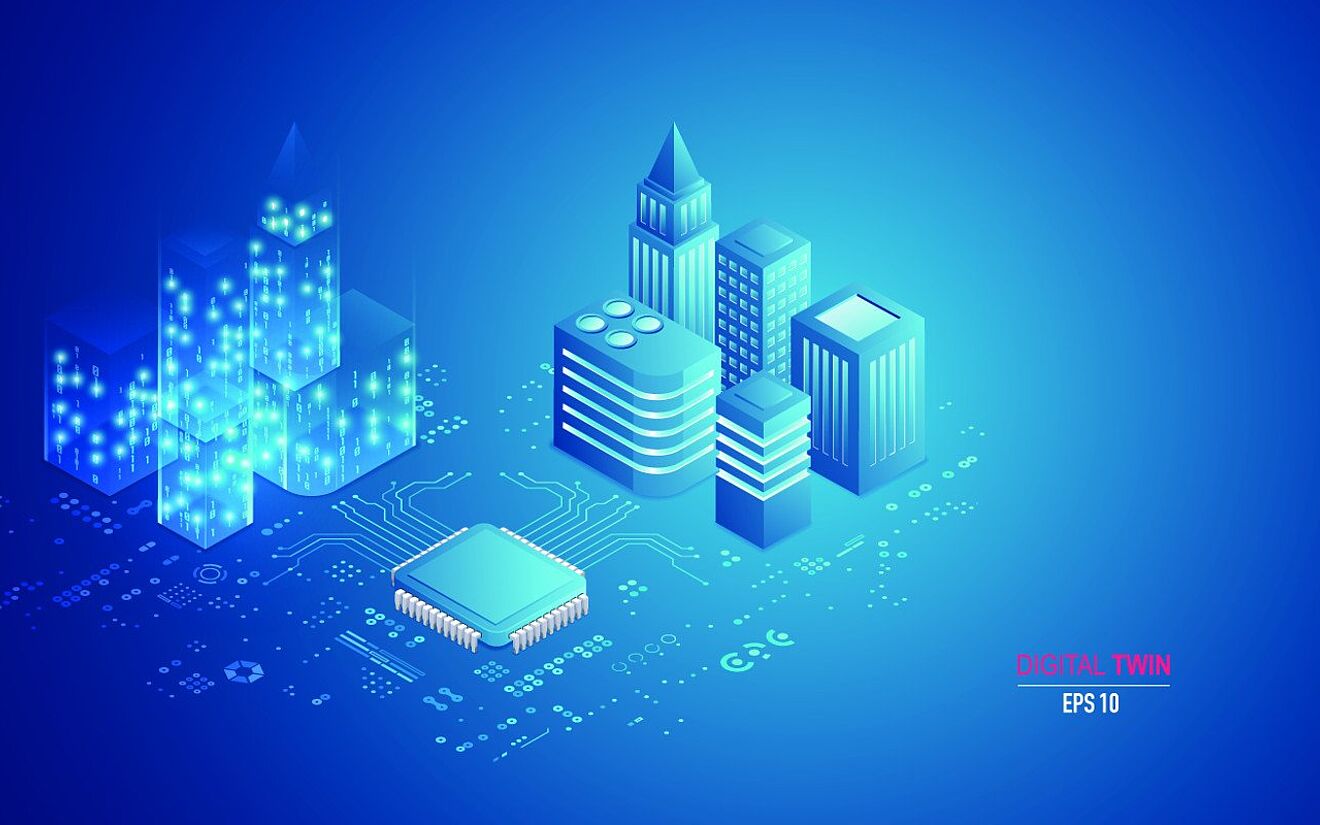A new year has begun and once again offers exciting developments for the AEC industry. Here you can find out what trends await us in planning for 2020. The old year is going, the new year is coming, and with it not only good intentions, but also important developments for the AEC industry. Planners can certainly be pleased, because the trends in planning for 2020 promise above all: relief.
OpenBIM
OpenBIM is spreading like never before in 2020. The BIM Collaboration Format (BCF) will be of central importance in this context, as it enables the exchange of text comments, snapshots and other issues between project participants beyond the IFC model level. This means a completely new level of transparency and composure - no more having to control projects via e-mail!
BIM and AI
It is still in its infancy, but the first applications of artificial intelligence in conjunction with BIM should already be implemented in reality in 2020. The project AI meets BIM, funded by the Federal Ministry of Economics and Technology, pursues this goal in the areas of construction planning, construction sequence planning, site automation and operating phase. The main goal is to automate and accelerate repetitive work processes in every project by using AI.
Digital Twin
Against the background of the increasing use of the BIM method, the so-called "Digital Twin" will also increasingly become the focus of the AEC sector in 2020. This digital twin is practically a BIM-based image of a building that is created during the planning phase and continuously enriched with updated information throughout the entire building life cycle. This database contains values on building construction, building physics and energy behaviour under the influence of the outside climate, building use as well as control and regulation of TGA components. Simulations on the digital twin together with measured values of the building allow, among other things, forecasts for changes in the building itself or in its use.
Design Automation
In the past, an ideal design required inspiration, calculation and possibly a lot of trial-and-error. However, modern cloud technology is now opening up entirely new possibilities for achieving perfection in form and function. Requirements, for example on a certain component, can be parametrically recorded in generative tools, whereupon these applications generate a multitude of possible forms from which one can choose according to taste. This digital revolution of the manufacturing industry called Design Automation will also become increasingly important in the AEC sector in 2020.
BIM4Fabrication
Today, 3D models can have all the information they need to build a building. The idea of using this data to produce buildings directly by machine and thus faster, cheaper and more gentle on materials is obvious - and by no means new. Whether by 3D printing, CNC milling or robot hand - the paths from machine to machine to the house are manifold and have been experimentally researched or even implemented as a business model for several years. For 2020, we expect new, improved technologies and a broader use of "BIM4Fabrication".
BIM & Facility Management
The fact that planning and building is better with BIM than without BIM, is now a consensus in the AEC industry. However, the fact that the housing industry can also benefit from BIM is only slowly leaking through. The enormous advantage lies in a comprehensive database that is updated over the entire life cycle and thus forms the basis for optimal operation. Data on materials, components, product properties and systems form an enormous added value that Facility Management will make usable more than ever before.




